In the course of photographing plants, I take so many photos of different types of bees that I’ve become familiar with many common species. Western honey bees (Apis mellifera), of course, are distinctive and utterly recognizable (and a primary focus of mine)…
… and I’ve enjoyed making the acquaintance of honey bee subspecies in Africa, and the Asian honey bee Apis dorsata,shown below on the beautiful shrub Rhodoleia championii at the Hong Kong Botanical Garden.
But native North American bees are so numerous and so similar in many respects, they can be a huge challenge to identify. So I’ve used the good detective services of the interactive site Bug Guide to separate my Melissodes, shown here on Echinacea pallida…
…from my Megachiles, shown below enjoying a snack on common milkweed (Asclepias syriaca)….
…. from my Andrenas, including this one on a dog rose (Rosa canina)….
…. from my Agapostemons, like the one below (A. virescens) enjoying a coneflower.
Bumble bees are another big subject for me, and I’m fairly good at identifying the species in Ontario, like the good old common eastern bumble bee, Bombus impatiens brown-belted bumble bee (Bombus griseocollis) on blue false indigo (Baptisia australis) below. (Thank you H. Go of the American Museum of Natural History for the quick correction on my “fairly good” identity. Did I mention bumble bees are tough sometimes too?)
….and my favourite, the orange-belted bumble bee (Bombus ternarius), shown below on stiff-leafed goldenrod (Oligoneuron rigida).
In British Columbia, I’ve gradually learned the names of coastal bumble bees, like beautiful Bombus vosnesenskii, below, foraging on Rhododendron saluenense.
But a trip to Edmonton and nearby Devonian Botanic Garden a few years ago yielded images of a bumble bee which, after some sleuthing on my own, I determined was likely Bombus moderatus, a species that has recently moved south into Alberta from the far north, including parts of Alaska. Bee bloggers in Alberta were ecstatic. Here it is nectaring on showy milkweed (Asclepias speciosa).
When I uploaded the photo to Bug Guide to ask for confirmation, however, I was told it was instead Bombus cryptarum, a cryptic bumble bee. That identification puzzled me because a cursory look on the internet yielded mentions of this species from Ireland and Czechoslovakia. How could my cold-adapted Canadian bumble bee be the same species as one from milder Ireland, an ocean away? So, in my usual cheeky way, I replied: “Bombus cryptarum is a British bumble bee. This is Alberta, Canada. I don’t think it can be that species. I think it might be B. moderatus, which has been seen in Alberta.”
Well, it serves me right for not researching the changes in Bombus taxonomy further. The Bug Guide response was brief: “B. moderatus is a synonym of B. cryptarum”. And I was pointed to a study on cryptic bumble bees. (According to Wikipedia, cryptic species are described as two or more species hidden under one species name.)
Thus, I spent a good part of my Saturday absorbing information on my bumble bee, which gets rather short shrift in studies, having being lumped at certain times with other European bees of similar colouring, such as Bombus lucorum. But how on earth did it reach Edmonton? It turns out that in a 2010 DNA barcode study (in the reports, these are referred to as CO1 barcodes, for Cytochrome c oxidase 1, small sections of protein encoded in a specific gene that can be used to analyze, identify and compare animal species), a northern Alberta bumble bee identified as Bombus moderatus was just 21 nucleotides away from an Eastern Russian bumble bee identified as Bombus cryptarum. Now, in Las Vegas and horseshoes that would be very close, but not really a cigar. However, in the world of DNA-aided bee taxonomy – and ignoring the implications for how one defines a North American “native” bumble bee – it’s close enough to lump species together under the first published name. And of course, it isn’t really a long way from Kamchatka to Alaska (particular if the Bering Strait land bridge was still there), as the bee flies and adapts and speciates.
So… meet a pair of Bombus cryptarum (formerly Bombus moderatus), blissfully unaware of their wandering northern ancestors and cryptic, enigmatic, one-barcode-fits-all taxonomy, intent only on securing pollen from this lovely ‘Topaz Jewel’ rose, one of a handful of yellow rugosa roses. And perhaps illustrating in their own way that lovely line from Juliet to Romeo: “What’s in a name? That which we call a rose by any other name would smell as sweet.”

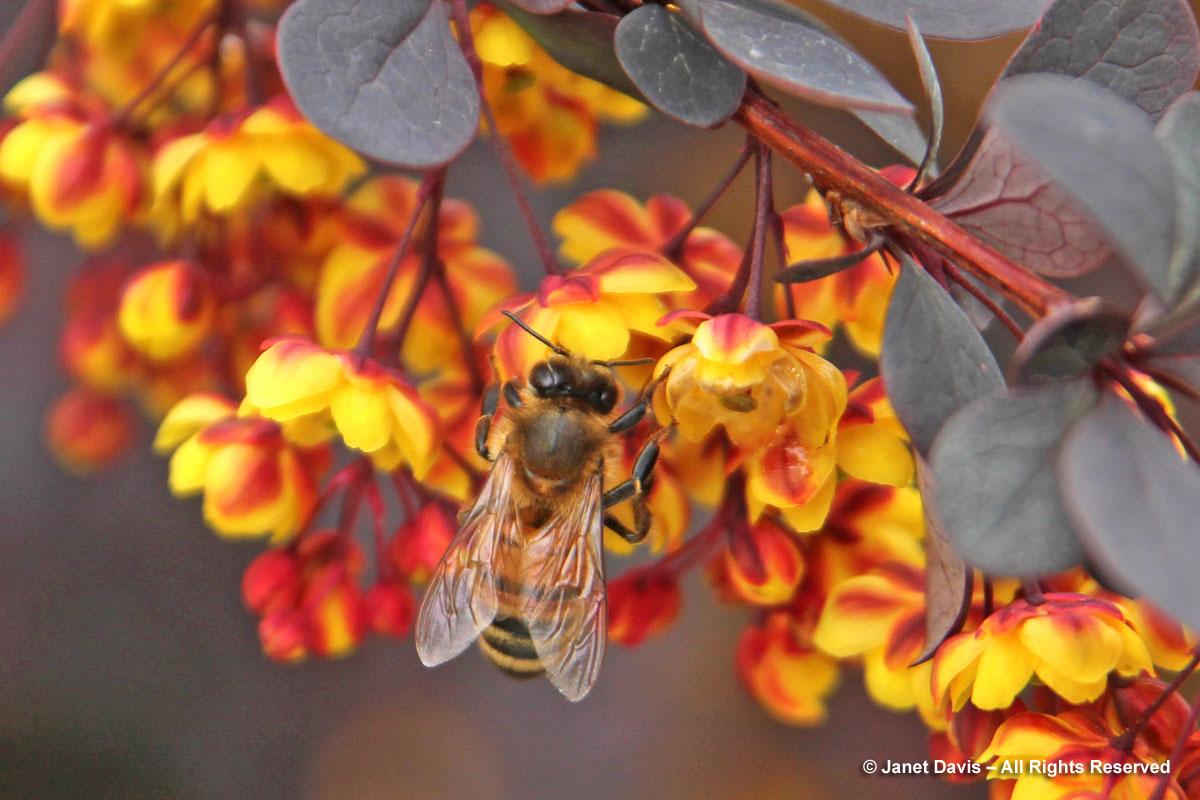

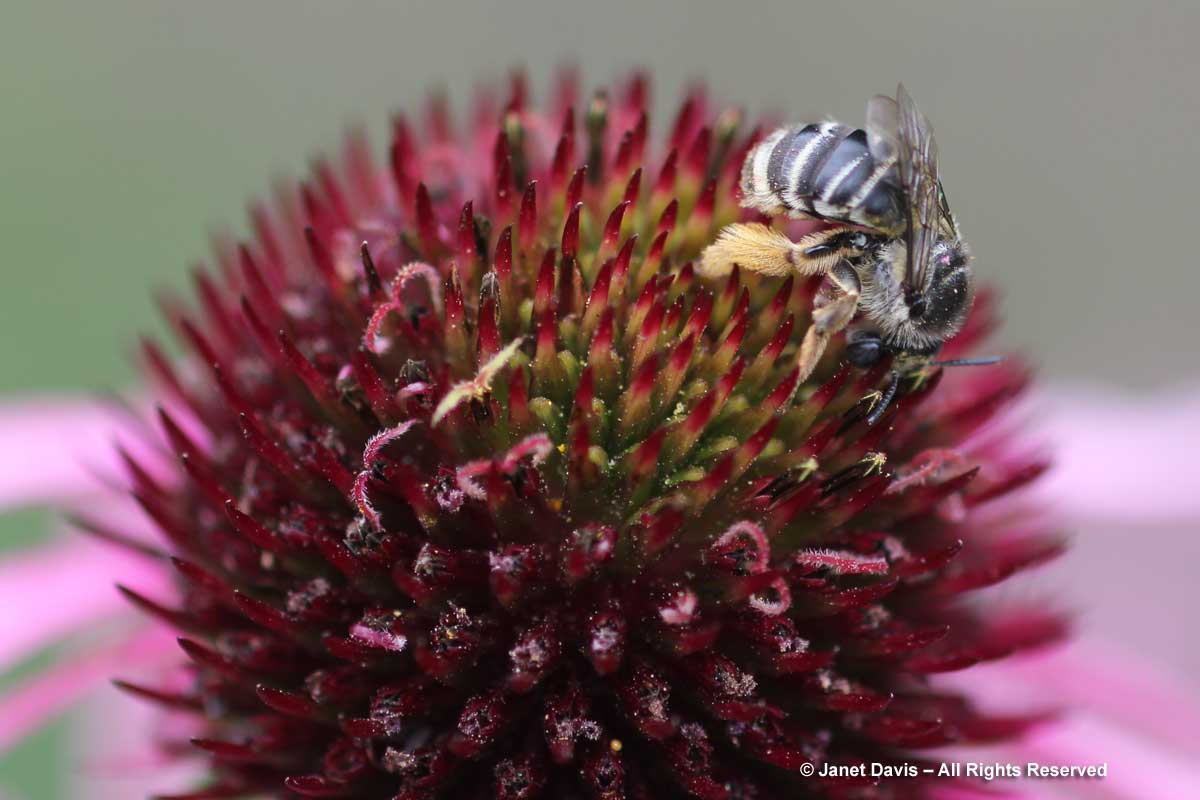

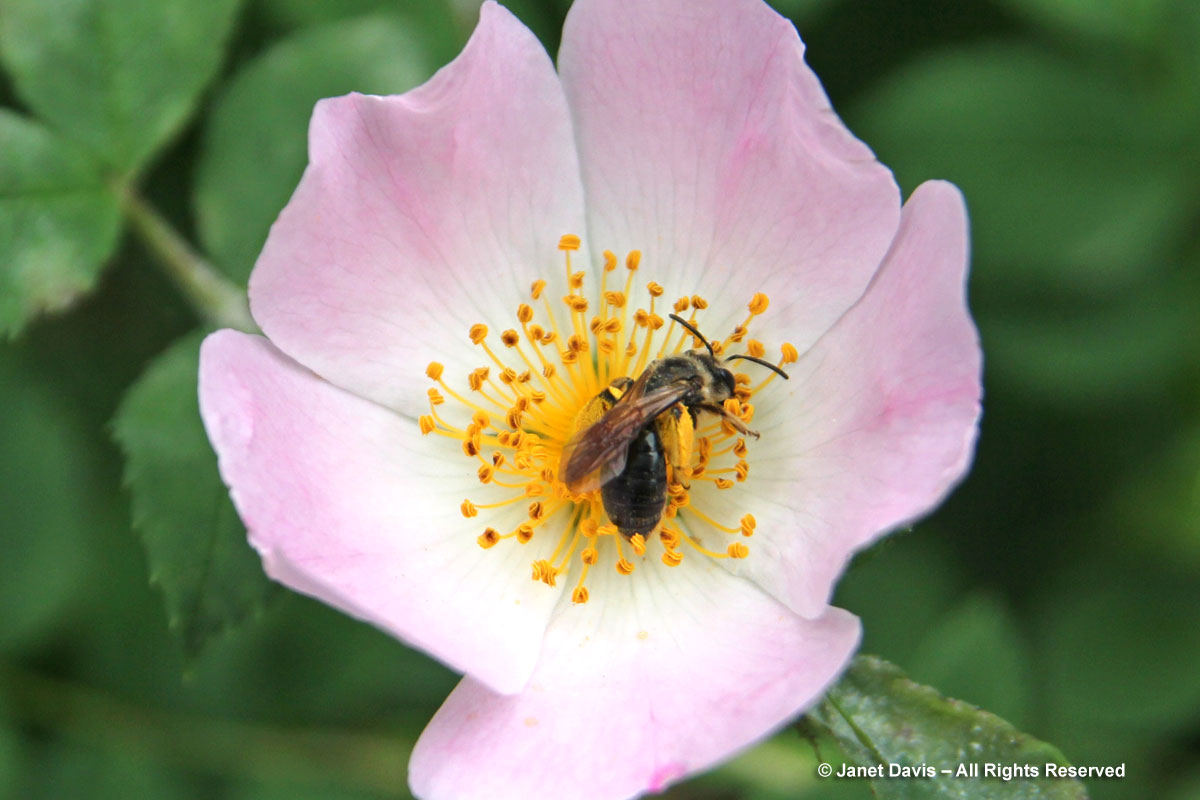
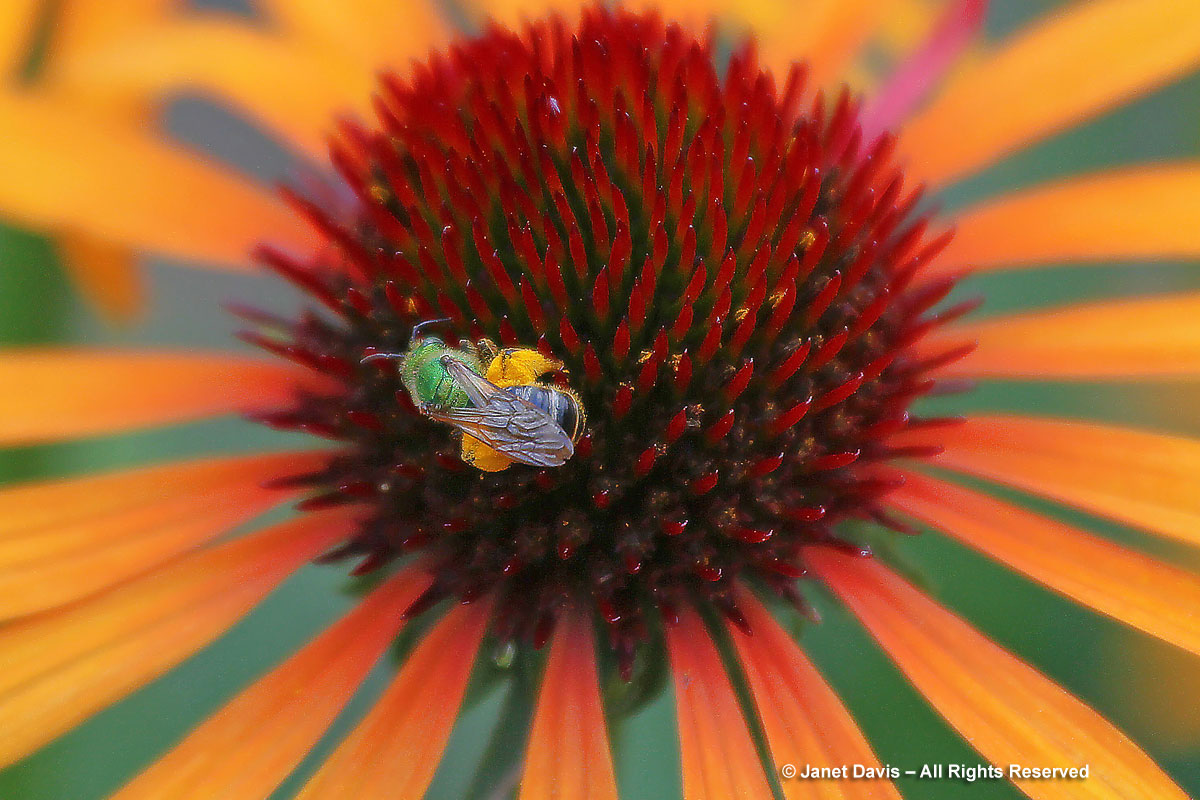


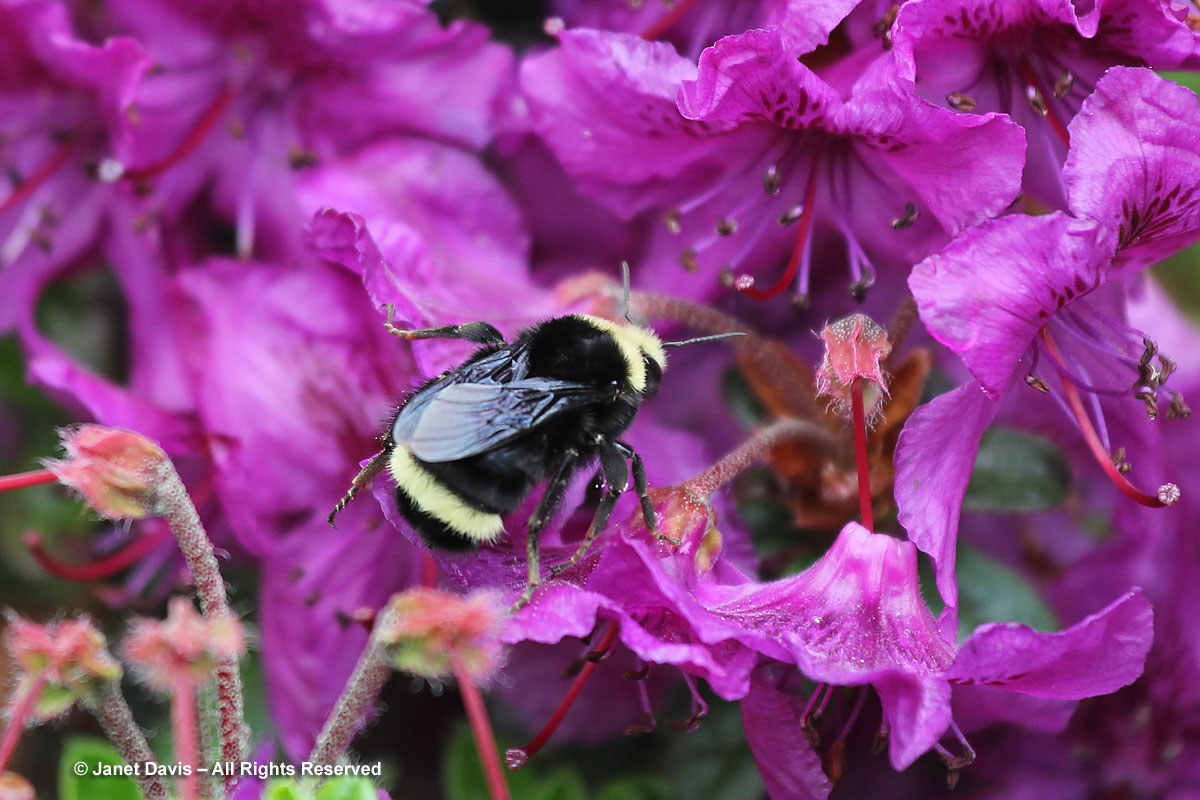


This is fascinating———and as always your photography is splendiferous!
Thanks, Naureen!
Beautiful critters…worth studying. Your captures are delightful.
Thank you, Gail – sister bee-enthusiast!
What a beautiful site.
Check out this link. And see what Calgary is doing!
http://www.cbc.ca/news/canada/calgary/calgary-pollinator-program-1.4315205
That’s great, David. We should have this happening all across the country!